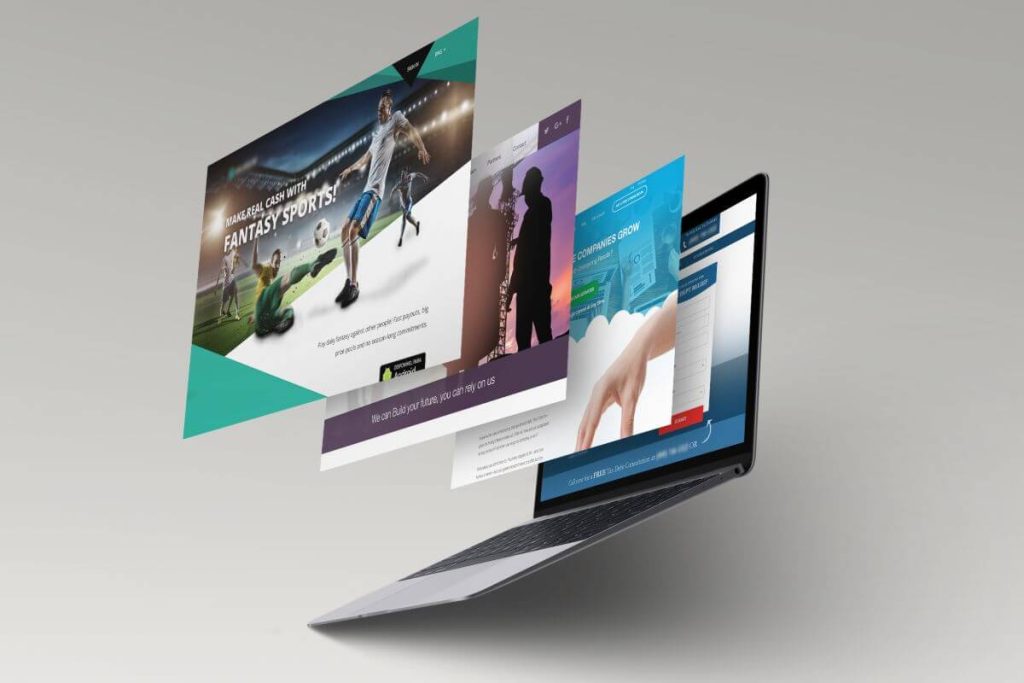
What are the key elements of an SEO-friendly website design?
- Mobile responsiveness
- Fast page speed
- SEO-optimized URL structure
- User-friendly navigation
- Optimized on-page elements
Overview
- A successful website requires strong optimization for both search engines and users.
- Key elements like mobile responsiveness, fast page speed, SEO-optimized URLs, user-friendly navigation, and on-page elements significantly improve engagement, conversions, and rankings.
- Partnering with an experienced SEO agency ensures your site is optimized for better visibility and user experience, driving growth.
Having a website is not enough; strong optimization for both search engines and users is essential for success. A Search Engine Optimization (SEO)-friendly design attracts organic traffic, boosts engagement, and improves conversion rates. Partnering with an experienced SEO agency ensures your site is fast, mobile-responsive, easy to navigate, and fully optimized for higher rankings and visibility.
At Best Org, we connect businesses with top SEO agencies that specialize in creating high-performing websites. In this article, we’ll explore the key elements of SEO-friendly website design and how working with an expert SEO company can give your site the competitive edge it needs.
Mobile Responsiveness

Mobile responsiveness ensures a website adapts seamlessly to different screen sizes, providing a smooth experience across smartphones, tablets, and desktops. Since Google prioritizes mobile-first indexing, a non-mobile-friendly site may face lower rankings and higher bounce rates.
An SEO-friendly design boosts user engagement by ensuring fast load times, clickable buttons, and readable text. For example, an online store benefits from mobile responsiveness by adjusting product images and providing smooth checkout and intuitive navigation. Implementing responsive design frameworks, optimizing images, and using AMP (Accelerated Mobile Pages) further enhance the user experience.
Fast Page Speed
Fast page speed ensures your website loads quickly, offering users a seamless browsing experience. Slow-loading pages frustrate visitors, leading to higher bounce rates and lower engagement, which can significantly harm your search rankings. Since Google factors page speed into its ranking algorithm, a sluggish site can drop in search results, making it harder for potential customers to find you.
An SEO agency can optimize your site’s speed by compressing images, enabling browser caching, minimizing excess code, and using content delivery networks (CDNs) for faster loading times. For example, an e-commerce site can benefit from fast-loading, high-quality product images, and a smooth, efficient checkout process.
SEO-optimized URL Structure
Clean, descriptive URLs that include relevant keywords help search engines understand a page’s content, boosting your chances of ranking higher. For users, a well-structured URL offers clarity and builds trust, making them more likely to click on a link that conveys what the page is about.
An SEO company can refine your URL structure by eliminating unnecessary parameters, using short but descriptive keywords, and ensuring a logical hierarchy across your site. This benefits your website by improving click-through rates (CTR), boosting rankings, and enhancing user experience.
For instance, if you run an online clothing store, an SEO agency can structure URLs like “yourstore.com/women/dresses” instead of “yourstore.com/cat=5&prod=876“, making it clear to both users and search engines.
User-friendly Navigation

A well-organized website with clear menus, logical categories, and intuitive links allows visitors to find what they need quickly, reducing bounce rates and increasing engagement. When users can effortlessly navigate your site, they are more likely to stay longer, explore more pages, and ultimately convert into customers. Search engines also prioritize sites with strong user experience signals, meaning that an easy-to-navigate website can contribute to higher rankings in search results.
An SEO agency can enhance your website’s navigation by streamlining menu structures, improving internal linking, and organizing content logically. For example, an e-commerce store might use categories like “Men’s Clothing > Shirts > Casual Shirts” for clarity. They also implement breadcrumb trails, site maps, and mobile-friendly navigation to improve accessibility, boosting both search engine visibility and user engagement.
Optimized On-page Elements
These elements include title tags, meta descriptions, header tags, image alt texts, and keyword-rich content. When properly optimized, they help search engines determine the relevance of your pages for specific search queries, improving your chances of ranking higher.
Well-structured on-page elements enhance user experience by making content more readable, engaging, and accessible, ultimately leading to higher click-through rates and conversions.
An SEO company ensures your on-page elements are fully optimized by conducting keyword research, crafting compelling meta descriptions, and structuring content with the right heading tags. They also optimize images by compressing file sizes and adding descriptive alt texts, improving both page speed and accessibility.
Key Takeaway
Incorporating these key elements of SEO-friendly website design is essential for ensuring that your site ranks well, attracts the right audience, and provides a seamless user experience.
If you’re looking for expert guidance in building an SEO-friendly website, Best Org has curated a list of the best SEO companies that can help optimize your site for search engines and users alike. Whether you’re starting from scratch or looking to enhance your existing website, find the right SEO partner with Best Org. Want to be featured on our next list? Contact us today.